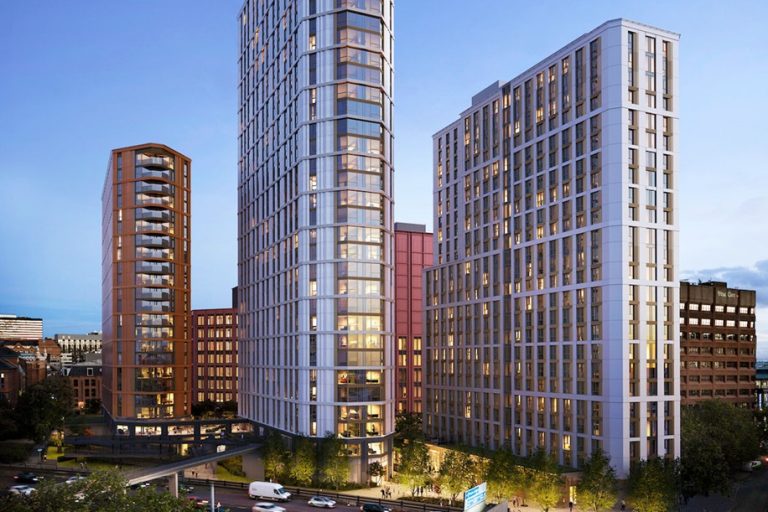The Urban Splash Residential Fund (USRF), advised by SURE Capital Partners, has announced a significant new partnership with sustainable developer Citu, formalised through a £200 million Memorandum of Understanding (MoU). This five-year agreement grants USRF priority access to Citu’s pioneering properties, which include single-family homes across Yorkshire, marking a major milestone in the fund’s expansion strategy. This alliance – the second for USRF after a similar agreement with Urban Splash – encompasses 600 homes with potential for future growth. As part of the initial investment, USRF will acquire 52 Citu homes located in the Climate Innovation District in Leeds and Kelham Central, Sheffield. Both developments reflect Citu’s principles of placemaking, building resilient, green, mixed-use neighbourhoods with energy-efficient homes that prioritise community and environmental responsibility. Adding Citu’s homes diversifies USRF’s portfolio, expanding its range of sustainable, single-family residences across the UK. Akeel Malik, Partner at SURE Capital Partners, commented, “This partnership aligns capital with regeneration, empowering us to support the creation of vibrant new neighbourhoods. Leeds and Sheffield are dynamic cities where people want to live, work, and play, and we’re proud to be part of this transformation.” He continued, “Our mission is to build a portfolio of design-led rental homes, and Citu’s award-winning properties and communities offer the ideal product for that vision.” Tom Bloxham MBE, also a Partner at SURE, added, “Investors are ready to back design-led homes – a concept that has proven successful with Urban Splash and now extends to Citu. I have long admired Citu’s work and am delighted to see this agreement finalised.” Bloxham added that this deal underscores SURE Capital’s dedication to connecting UK and international capital with top UK developers such as Citu, Urban Splash, and Javelin Block, supporting sustainable housing projects with substantial investor returns. Yorkshire-based Citu is known for its innovative and environmentally conscious developments. Building to Passivhaus standards, Citu’s homes are about 75% more energy-efficient than traditional UK homes. They are also manufactured locally using modern construction methods in Citu’s Yorkshire factory, further minimising carbon emissions. Through this partnership, Citu will introduce high-quality rental properties to its developments, a strategic new direction for the company. Jonathan Wilson, Citu’s Managing Director, stated, “This collaboration is a substantial step forward for Citu. Our growth strategy is centred on creating sustainable communities with a variety of tenures, and we’re thrilled to offer rental options in partnership with USRF, a partner who shares our commitment to sustainable development.” Established in 2017, USRF has gained a leading position in the market by actively engaging with local communities. Its initiatives include 100% green energy and a resident platform called Ark, offering discounts with local businesses. This new agreement with Citu will allow both organisations to continue fostering sustainable urban living across Yorkshire, benefiting both communities and the environment. Building, Design & Construction Magazine | The Choice of Industry Professionals














